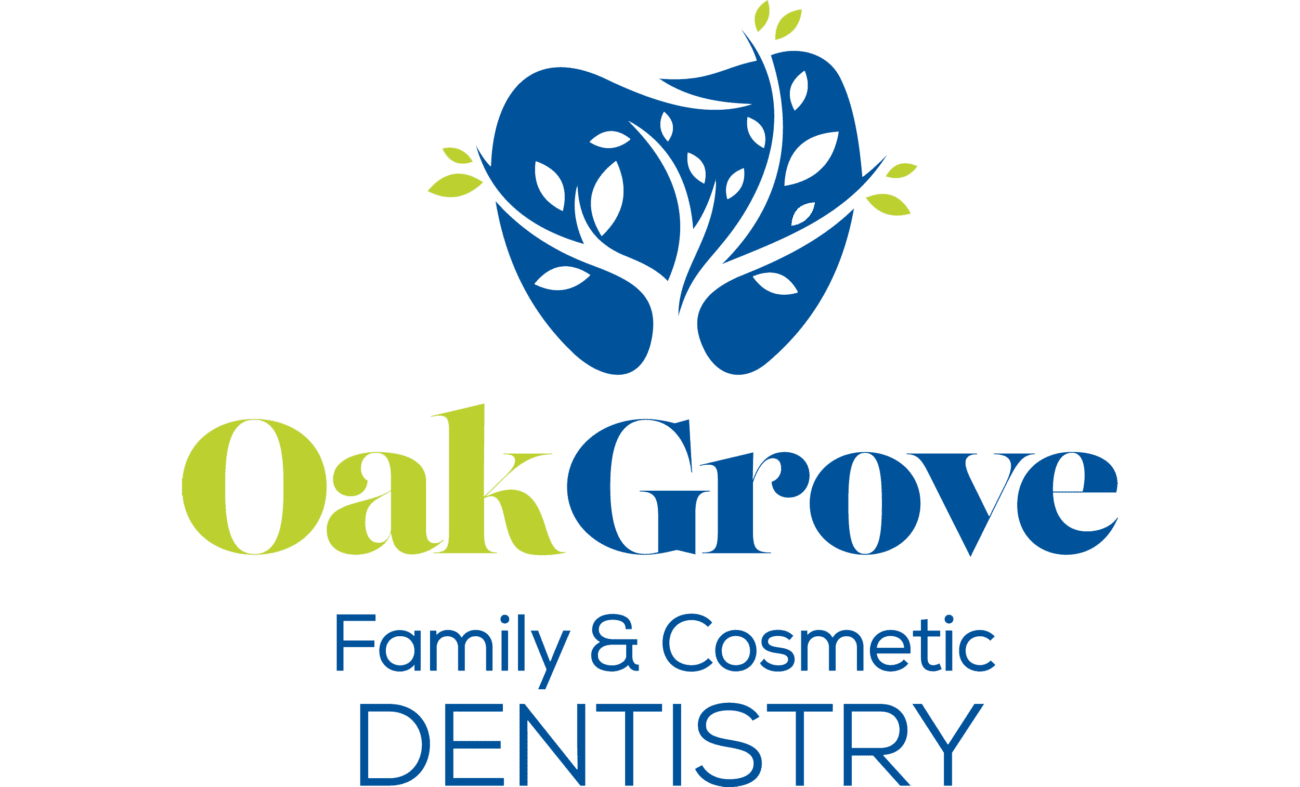Gum disease is one of the most common yet often overlooked oral health issues affecting people of all ages. Because it develops slowly and quietly, many individuals do not notice symptoms until the condition becomes more advanced. Understanding the early warning signs can make a significant difference in preventing long-term damage and keeping your smile healthy. By recognizing changes in your gums and seeking treatment promptly, you can protect both your oral health and your overall well-being.

Red, Swollen, or Tender Gums
Healthy gums should appear firm and pink. When they begin to look red, puffy, or feel sore, it may indicate inflammation caused by plaque buildup along the gumline. In the early stage of gum disease, known as gingivitis, these changes may be mild. However, they are your mouth’s way of signaling that something is wrong. Ignoring these symptoms can allow the disease to progress deeper into the tissues that support your teeth.
Bleeding When Brushing or Flossing
A little bleeding while brushing or flossing is not normal, even though many people dismiss it as brushing too hard. Bleeding gums are one of the earliest and most reliable signs of gum disease. This occurs when the gums become irritated and inflamed by bacteria. With proper oral hygiene and professional dental care, bleeding can usually be reversed before permanent damage occurs.
Persistent Bad Breath
Chronic bad breath, or halitosis, can be embarrassing, but it is also a common sign of gum problems. When bacteria accumulate around the gumline, they produce toxins and odors that linger even after brushing. If bad breath persists despite regular brushing, flossing, and the use of mouthwash, it may signal infection below the surface of the gums.
Receding Gums
As gum disease advances, the gums may begin to pull away from the teeth, creating the appearance of longer teeth or larger spaces between them. Gum recession exposes sensitive tooth roots and makes your mouth more vulnerable to decay. Early treatment can help slow or even stop recession, but advanced cases may require specialized procedures to repair gum tissue.
Changes in Bite or Tooth Alignment
Gum disease affects the structures that support your teeth. As the condition progresses, teeth may begin to shift position, creating new gaps, destabilizing your bite, or making your dentures fit differently. These changes can interfere with chewing and speaking, and they often indicate that the bone supporting the teeth is being damaged. Addressing these issues early could prevent more serious complications.
Pus or Discharge Around the Gums
Any sign of pus in the mouth is a clear indication of infection. Pockets of infection around the teeth and gums form when bacteria penetrate deeper into the gum tissue. This can cause swelling, discomfort, and sometimes a foul taste. Immediate dental attention is necessary to treat the infection and prevent further damage.
Tooth Sensitivity or Looseness
While sensitivity can come from several causes, sensitivity accompanied by other gum disease symptoms may indicate root exposure or bone loss. In more severe stages, teeth may begin to loosen or shift because the supporting bone and tissue have been compromised. These symptoms require prompt evaluation to prevent tooth loss.
Treatment for Gum Disease in Durham, NC
At Oak Grove Family & Cosmetic Dentistry, we are dedicated to helping you preserve your oral health. If you experience red, swollen, or bleeding gums, don’t hesitate to reach out. The longer you wait to seek treatment, the more damage gum disease could cause. Contact our office today to schedule a consultation and learn more about how to care for your teeth and gums.
